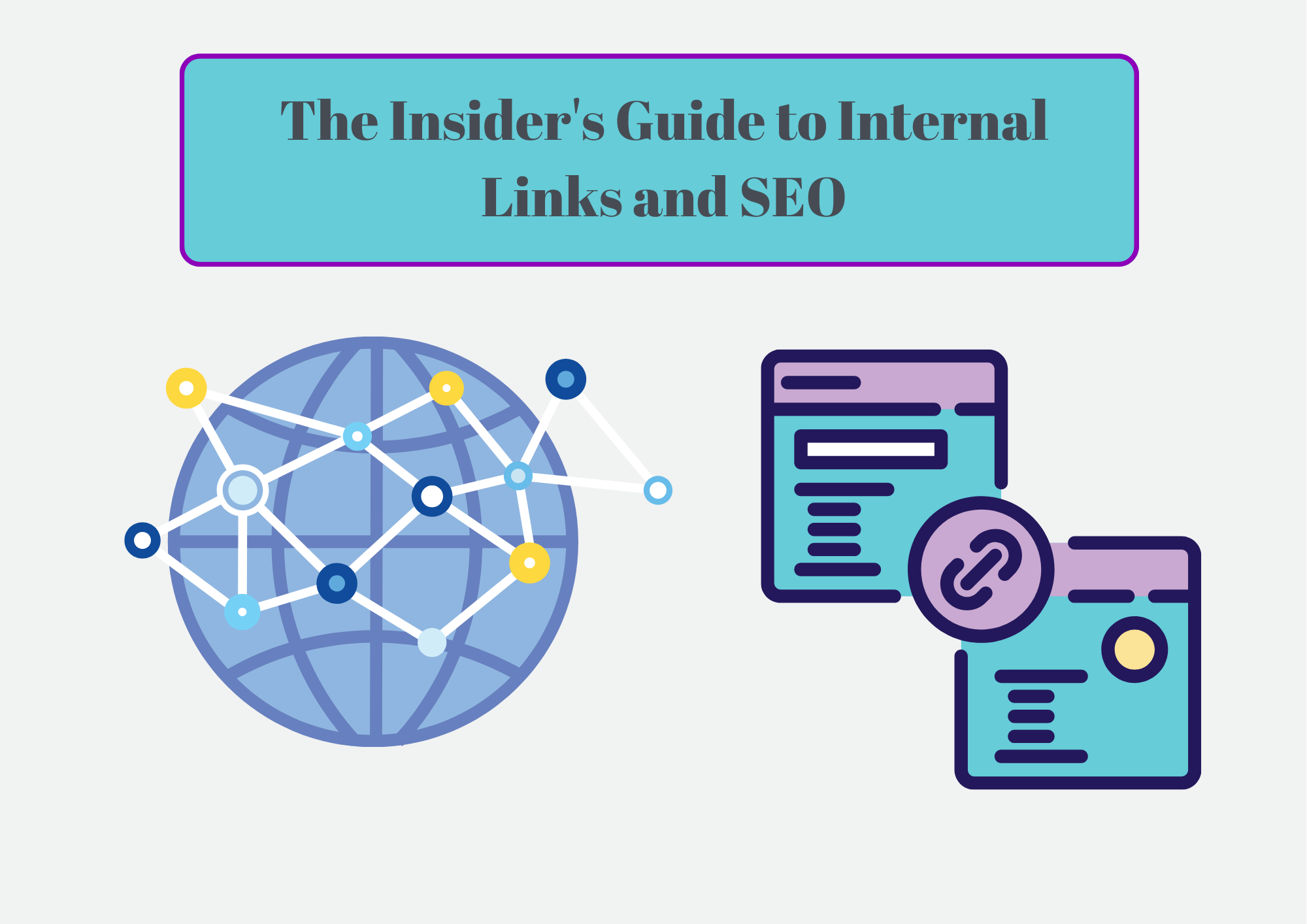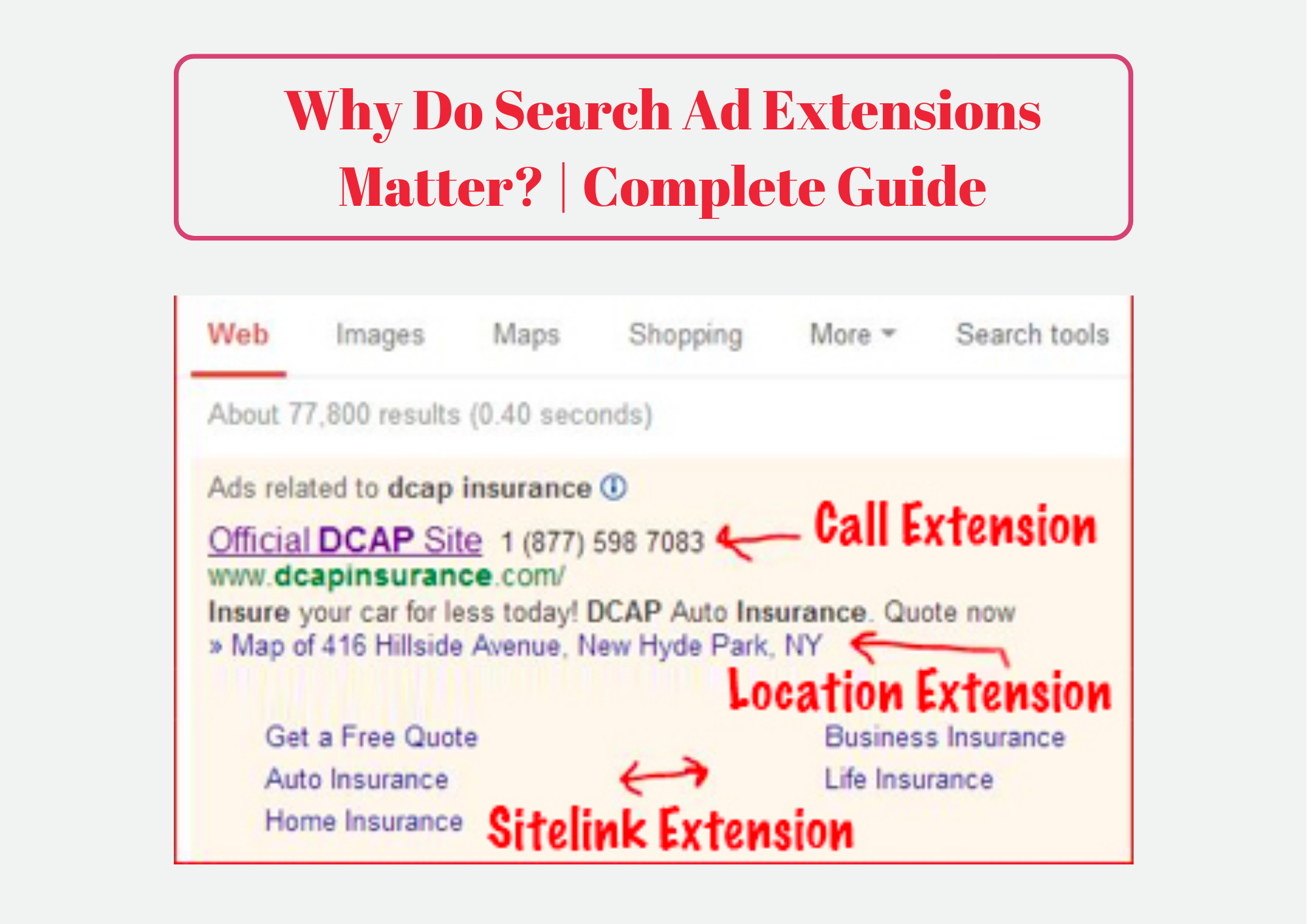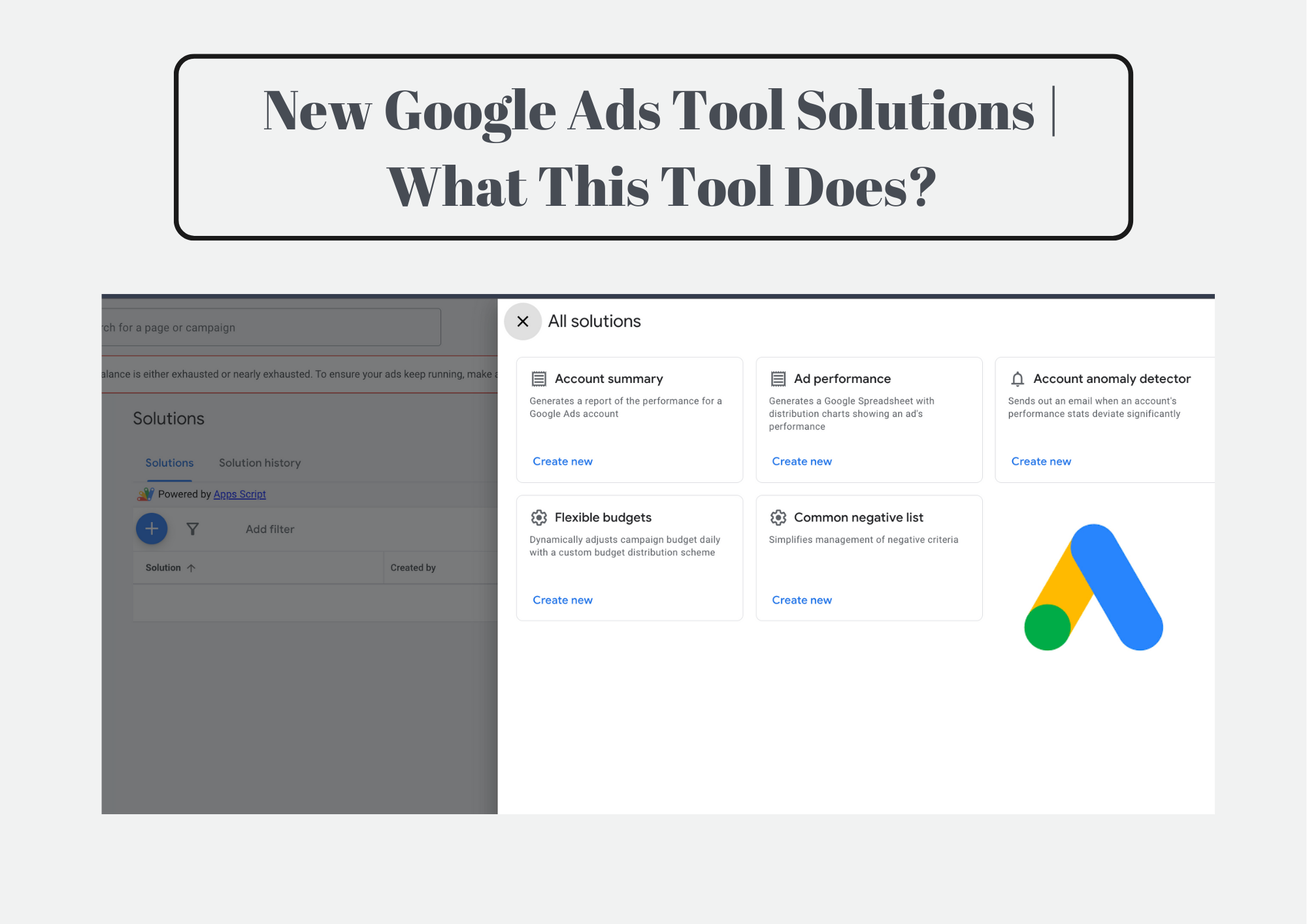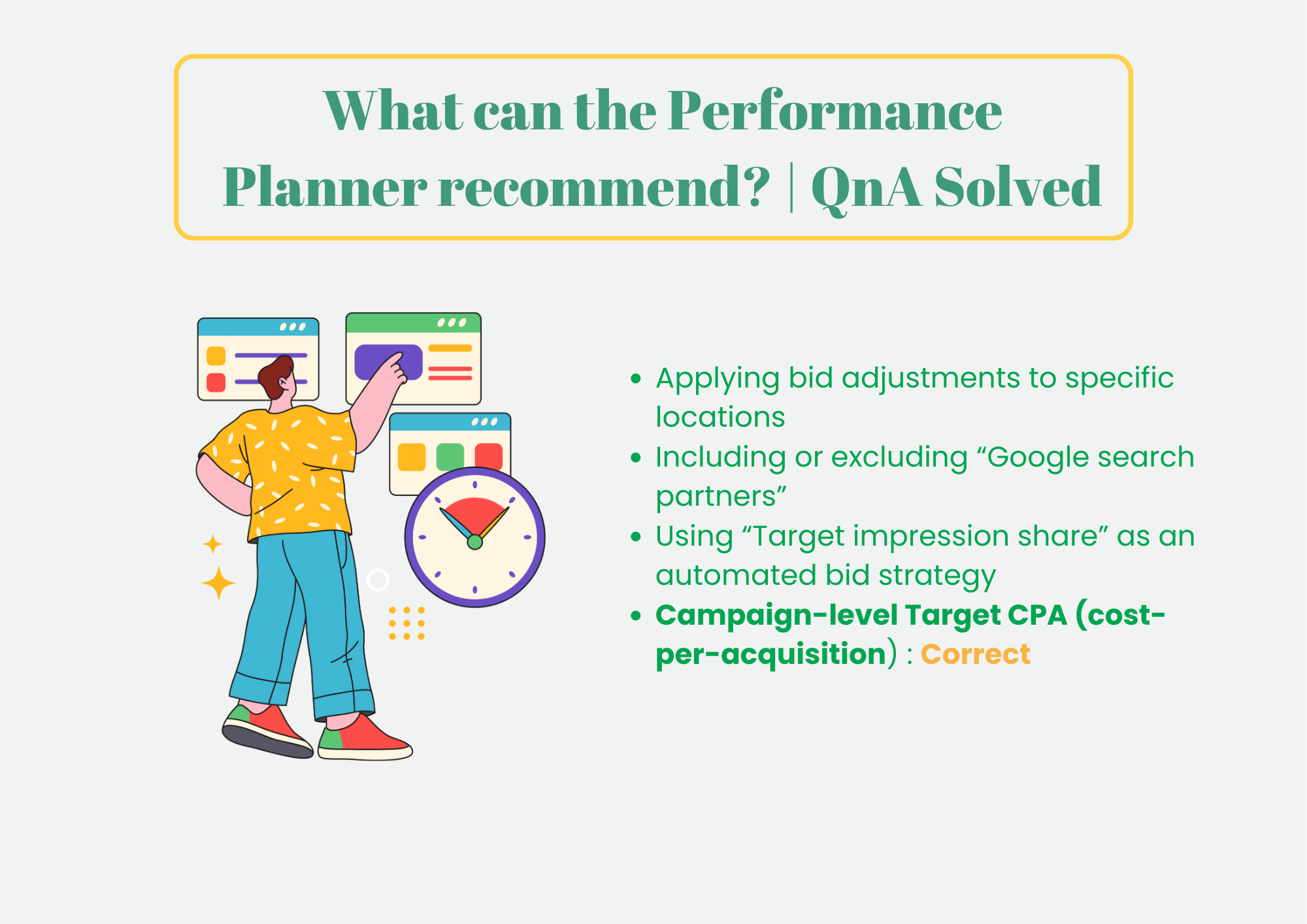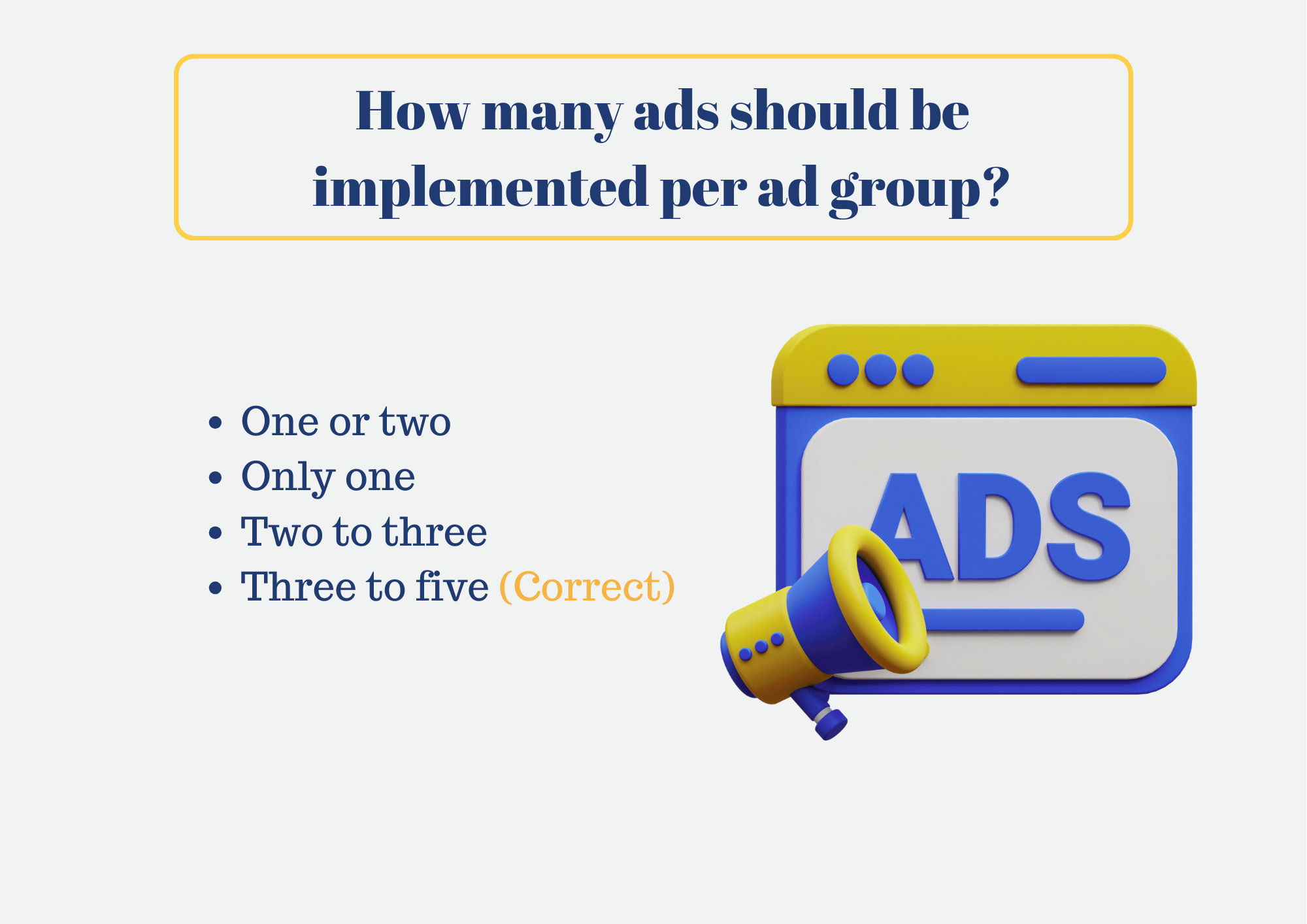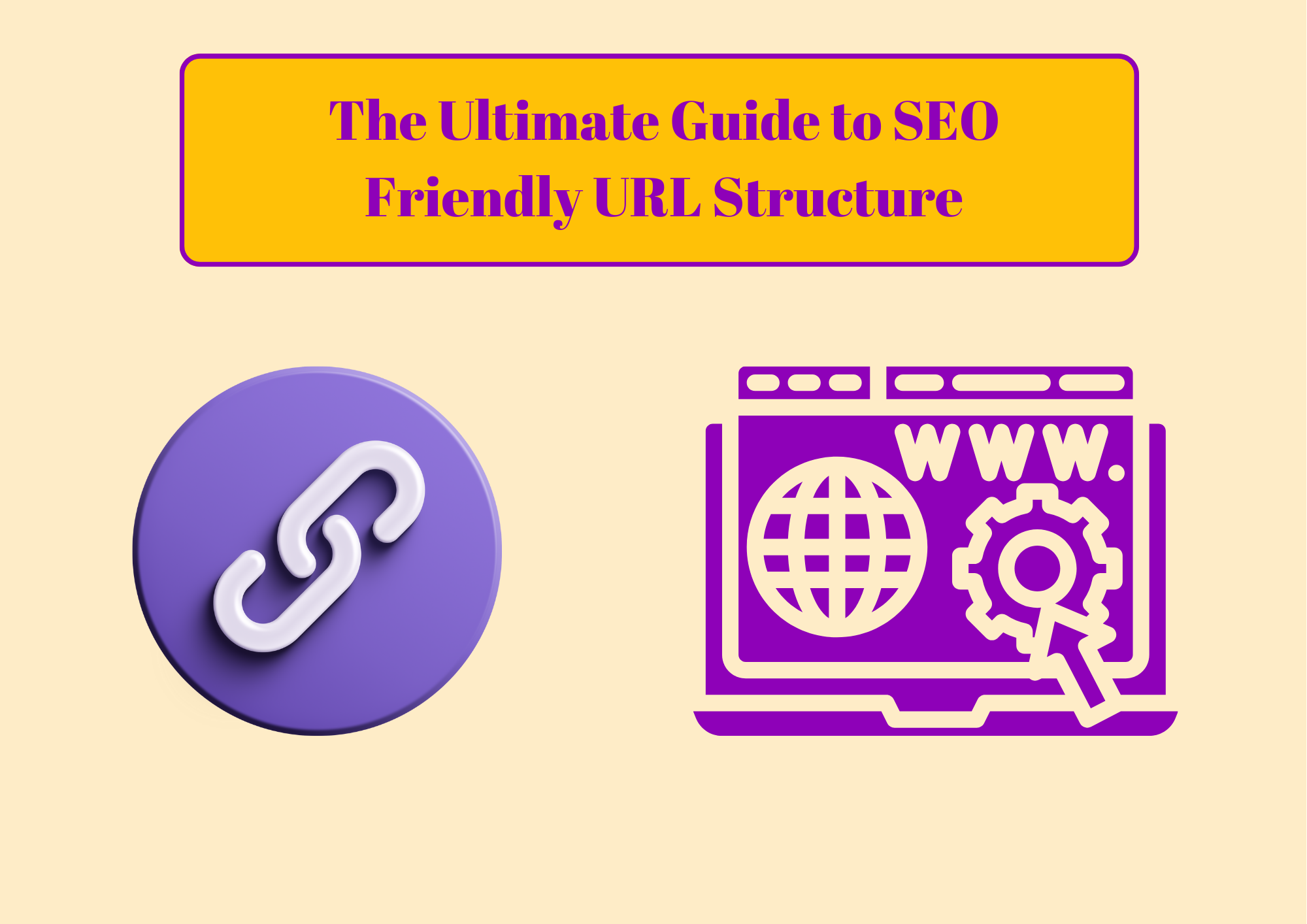
The internet is a vast landscape, and URLs act as signposts guiding users and search engines to your valuable content. Just like well-maintained road signs make navigation easier, crafting SEO friendly URLs helps users and search engines understand your content’s essence, ultimately boosting your website’s visibility and search ranking.
This guide empowers you to build a robust URL structure that aligns with best practices and harnesses the power of recent Google algorithm updates. Prepare to witness a surge in traffic and engagement as you transform your URLs into effective communication tools.
- A study by Backlinko showed that URLs containing relevant keywords had a 4.4% higher click-through rate.
- Google’s 2021 Search Quality Rater Guidelines emphasize the importance of clear and descriptive URLs.
- Studies show that incorporating relevant keywords in URLs can increase click-through rates by up to 41%.
- Research indicates that URLs shorter than 60 characters rank higher in search results.
- Experts report that a clear and descriptive URL structure can improve website usability and user engagement.
Components of URL Structure
Think of your URL as a knight, ready to battle in the SERPs (Search Engine Results Pages). Let’s equip it with the right gear:
- Domain Name: Your brand’s banner, reflecting quality and trust. Imagine the difference between “Sir Lancelot” and “RandomGuy123”.
- Subfolders: Organize your content like a well-structured castle, with clear categories (“kitchen”, “armory”). Example: /blog/seo/url-structure
- Slug: The heart of your content, containing relevant keywords. Think of it like the knight’s name, clearly identifying their purpose. Example: /blog/seo/url-sructure/how-to-craft-perfect-urls
- File Extensions: While seemingly minor, they can influence Google’s perception. A “.pdf” extension might suggest a downloadable document, while “.html” implies web content.
Crafting SEO friendly URL Structure
Now, let’s sprinkle some SEO magic onto your URLs:
- Keyword Integration: Strategically incorporate relevant keywords into your slugs to signal content relevance to search engines and users. Target both primary and secondary terms. Example: “best practices for SEO friendly URL Stucture” instead of “random-words-strung-together”.
- Clear Hierarchy: Maintain a logical subfolder structure that mirrors your website’s organization, enhancing site navigation for both humans and bots.
- Clarity and Conciseness: Strive for short, descriptive slugs that are easy to understand and remember. Ditch jargon and lengthy phrases.
- Hyphen Harmony: Use hyphens (-) to separate words within your slug, improving readability and search engine comprehension. Avoid underscores or other special characters.
- Avoid Dynamic Parameters: Steer clear of URLs containing dynamic parameters (e.g., /product?id=123) as they can hinder crawling and indexing.
Mistakes to Avoid in URL Structure
Let’s identify some common roadblocks to avoid while optimizing your URL structure
- Excessive Length: Keep your URLs under 2083 characters to ensure proper indexing and user-friendliness.
- Irrelevant Keywords: Don’t stuff your URLs with irrelevant keywords as this can negatively impact rankings and user trust.
- Dynamic Dates: Avoid including dates in your URLs as they might make your content appear outdated over time.
- Case Sensitivity: Stick to lowercase letters for consistency and wider compatibility.
By steering clear of these pitfalls, you’ll ensure your path to SEO friendly URL structure.
Adapting to Google’s Ever-Changing Landscape:
Remember, Google’s algorithm updates are like shifting battlegrounds. What worked yesterday might not hold true today. Here’s the good news: user-friendly URLs are always in style!
- User Intent is Key: Google prioritizes URLs that clearly reflect content and user intent. Imagine a knight proudly displaying their banner, indicating their purpose (e.g., “teaching swordsmanship”).
- Embrace User-friendliness: Like a well-designed castle layout, user-friendly URLs make navigation intuitive. This not only pleases users but also aligns with Google’s goals.
Important Things to Remember
As you conquer the SEO landscape, keep these key takeaways close:
- A well-structured URL is a powerful tool for user experience, SEO ranking, and brand consistency.
- Prioritize relevant keywords, clear hierarchy, and avoid dynamic parameters in your URL stucture.
- Embrace user-friendliness and adapt to Google’s evolving algorithm.
- Leverage data to showcase the impact of SEO friendly URL stucture..
By following these guidelines and constantly honing your skills, you’ll craft URLs that sing praises to both users and search engines, leading to victory in the ever-evolving SEO realm!
Tools for optimizing URL Structure for SEO
There are many tools available to help you craft and optimize your website’s URL structure. Here are a few categorized by their key functionalities:
URL Structure Generation:
- Semrush Site Audit: This comprehensive tool crawls your website and identifies issues with your URLs, including structure and SEO optimization. It also suggests improvements and generates optimized URL variants.
- Quattr SEO-Friendly URL Generator: This free tool helps you quickly generate concise and SEO-friendly URLs based on your page title or topic.
- Portent’s Page Title Tool: While not solely focused on URLs, this tool analyzes your page title and provides suggestions for keywords and phrasing that can be incorporated into your URL for optimal impact.
URL Planning & Visualization:
- Lucidchart, Octopus.do, Figma, Miro: These visual collaboration tools let you create flowcharts and diagrams to plan your website’s information architecture and URL structure visually, enhancing clarity and collaboration.
Technical Analysis & SEO Auditing:
- Google Search Console: This free tool from Google provides insights into your website’s crawling and indexing status, including identifying any URL-related issues that might be hindering your SEO performance.
- Yoast SEO: This popular SEO plugin for WordPress helps you optimize your website content and structure, including providing suggestions for improving your URLs.
Additionally:
- Competitor Analysis Tools: Tools like Similarweb and SEMrush allow you to analyze your competitors’ websites and see how they structure their URLs. This can provide valuable insights and inspiration for your own strategy.

